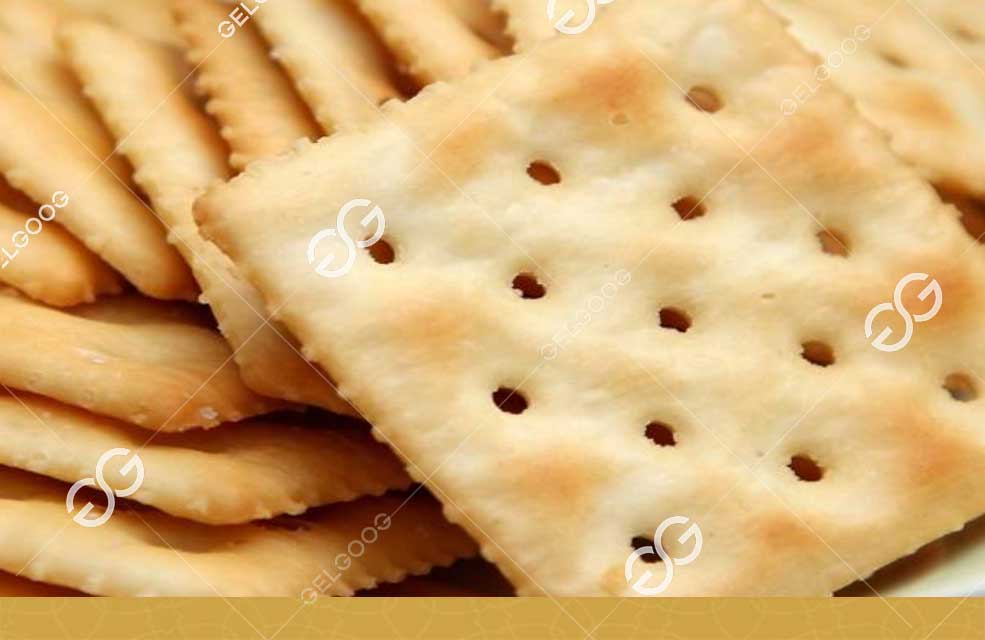In the world of industrial biscuit manufacturing, understanding the fundamental differences between hard dough and short dough is critical for optimizing production lines, selecting the right machinery, and ensuring consistent product quality.

This article breaks down the key distinctions between these two dough types, their unique processing requirements, and how advanced industrial equipment caters to their specific needs.
Hard dough and short dough refer to two distinct categories of biscuit dough, differentiated by their ingredients, texture, and processing methods.
These differences directly influence the type of industrial machinery required for mixing, forming, baking, and packaging.

Characterized by low fat (8-12%) and high water content, hard dough has a stiff, elastic consistency. Common examples include crackers, water biscuits, and savory snacks. Recipes rely on gluten development for structure.
Contains higher fat (20-30%) and sugar, resulting in a crumbly, "short" texture. Shortbread, cookies, and sweet biscuits fall into this category. The high fat content inhibits gluten formation, creating a tender bite.

Hard dough requires heavy-duty mixers with spiral agitators to handle its dense consistency, while short dough demands precise fat dispersion systems to prevent overworking the delicate structure.
Hard Dough Mixers:
Industrial mixers for hard dough feature robust motors, spiral hooks, and longer mixing cycles (15-25 minutes) to develop gluten networks. Temperature control is vital to prevent overheating during kneading.
Short Dough Mixers:
Short dough mixers use paddle attachments for gentle blending (5-10 minutes). Advanced systems incorporate fat injection technology to ensure even distribution without over-aeration.

Hard Dough:
Requires laminators and gauge rollers to achieve uniform thickness (1-3 mm). Rotary cutters or embossing units create precise shapes without tearing the elastic dough.
Short Dough:
Utilizes rotary molding or wire-cutting machines. The dough’s plasticity allows intricate designs but demands precise extrusion control to avoid crumbling.

Hard Dough:
High-temperature ovens (200-280°C) with extended baking times (4-8 minutes) ensure moisture removal and crispness. Zoned temperature controls prevent warping.
Short Dough:
Shorter baking cycles (3-6 minutes) at lower temperatures (160-200°C) preserve the dough’s tender texture. Humidity controls prevent cracking during cooling.

Understanding the difference between hard dough and short dough directly impacts your factory’s efficiency and product output.
By selecting machinery tailored to each dough’s unique properties—such as heavy-duty mixers for hard dough or precision extruders for short dough—manufacturers can minimize waste, accelerate throughput, and maintain competitive quality.
For industrial-scale biscuit producers, partnering with equipment specialists ensures your production line is engineered to handle both dough types seamlessly. Contact us today to customize a solution that aligns with your product portfolio.